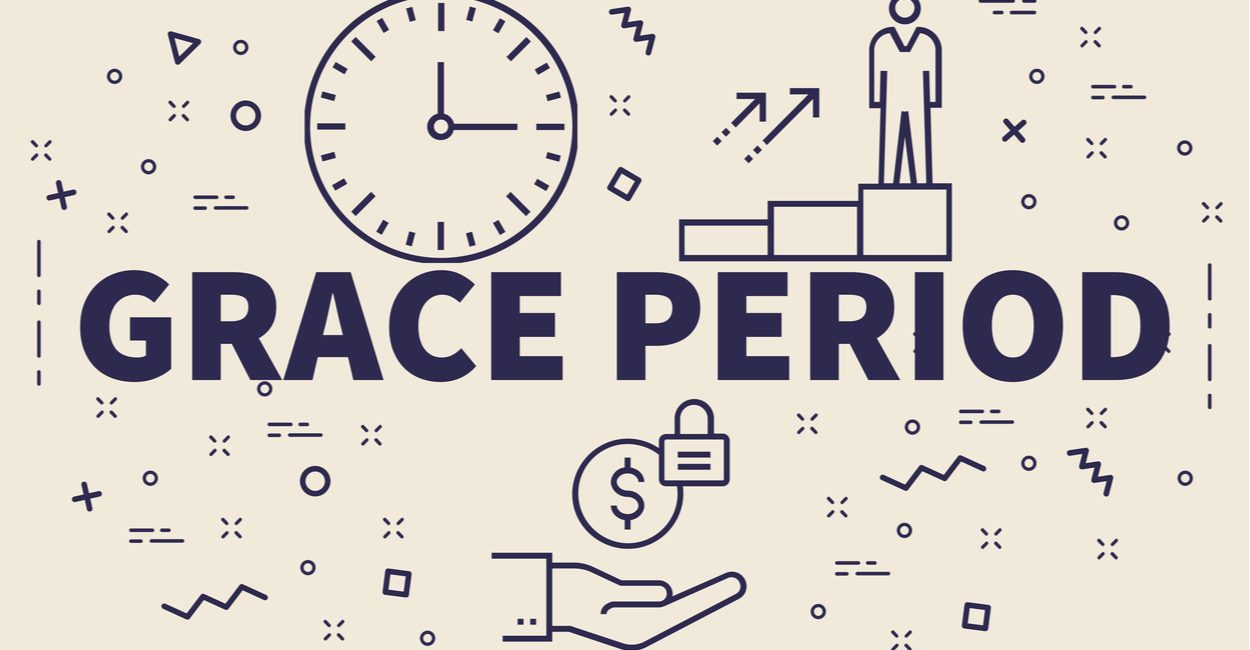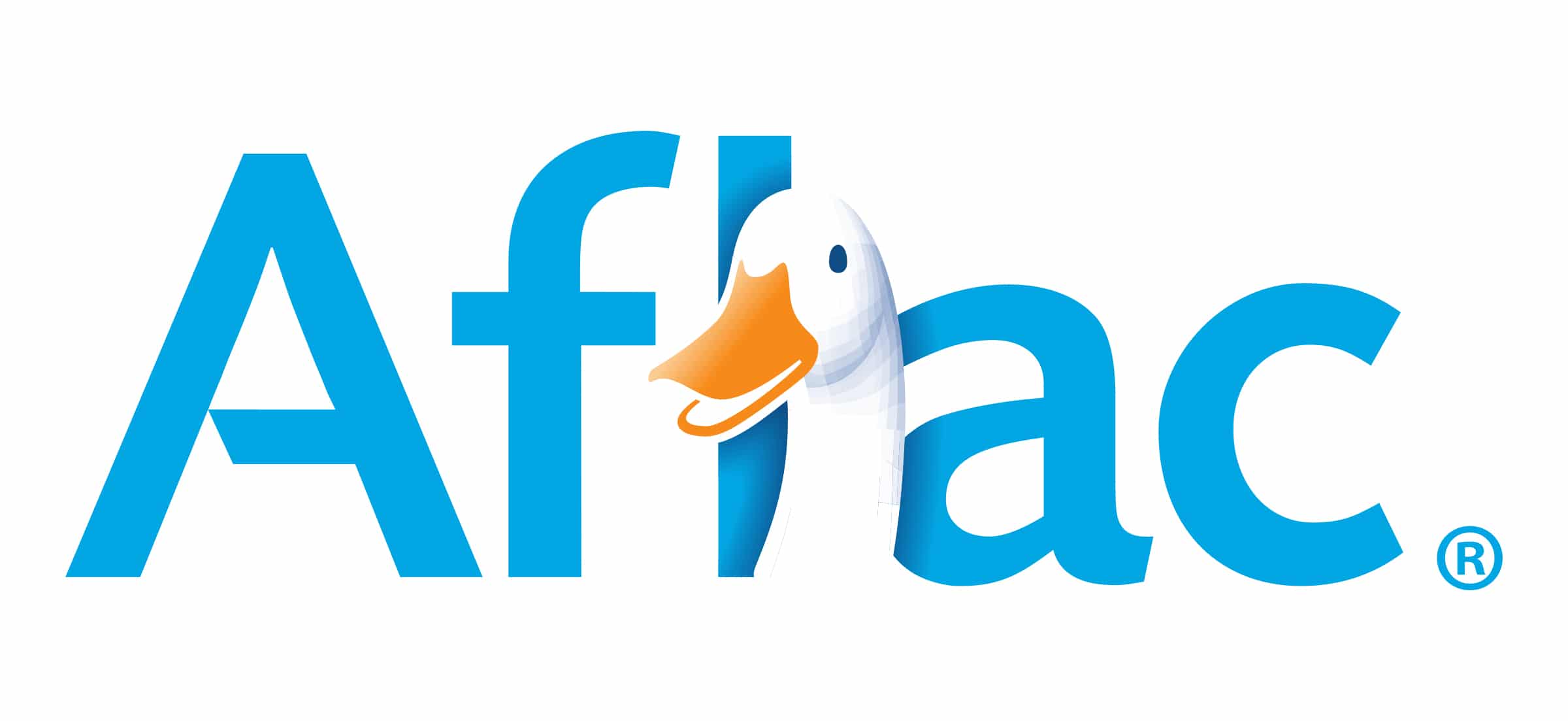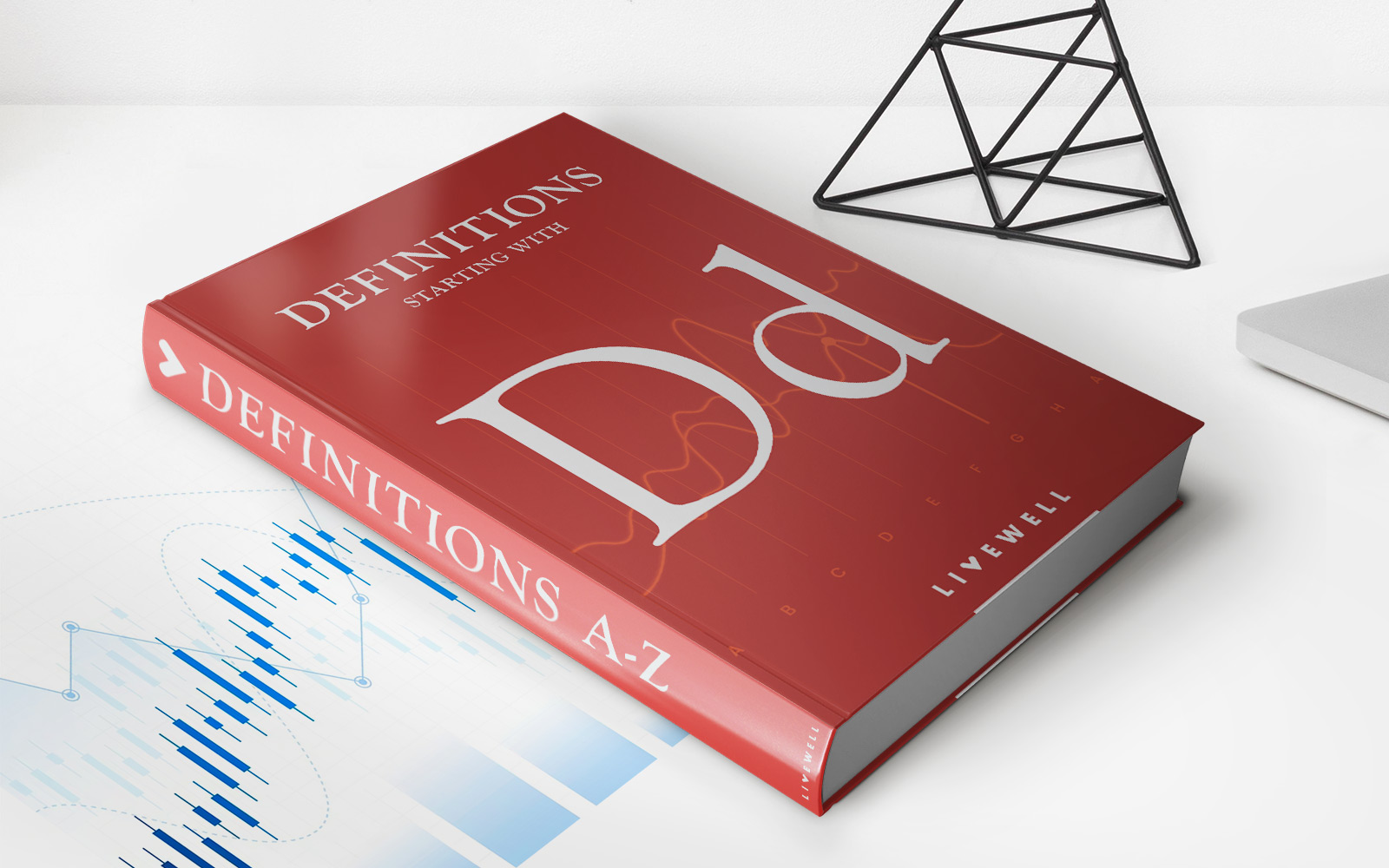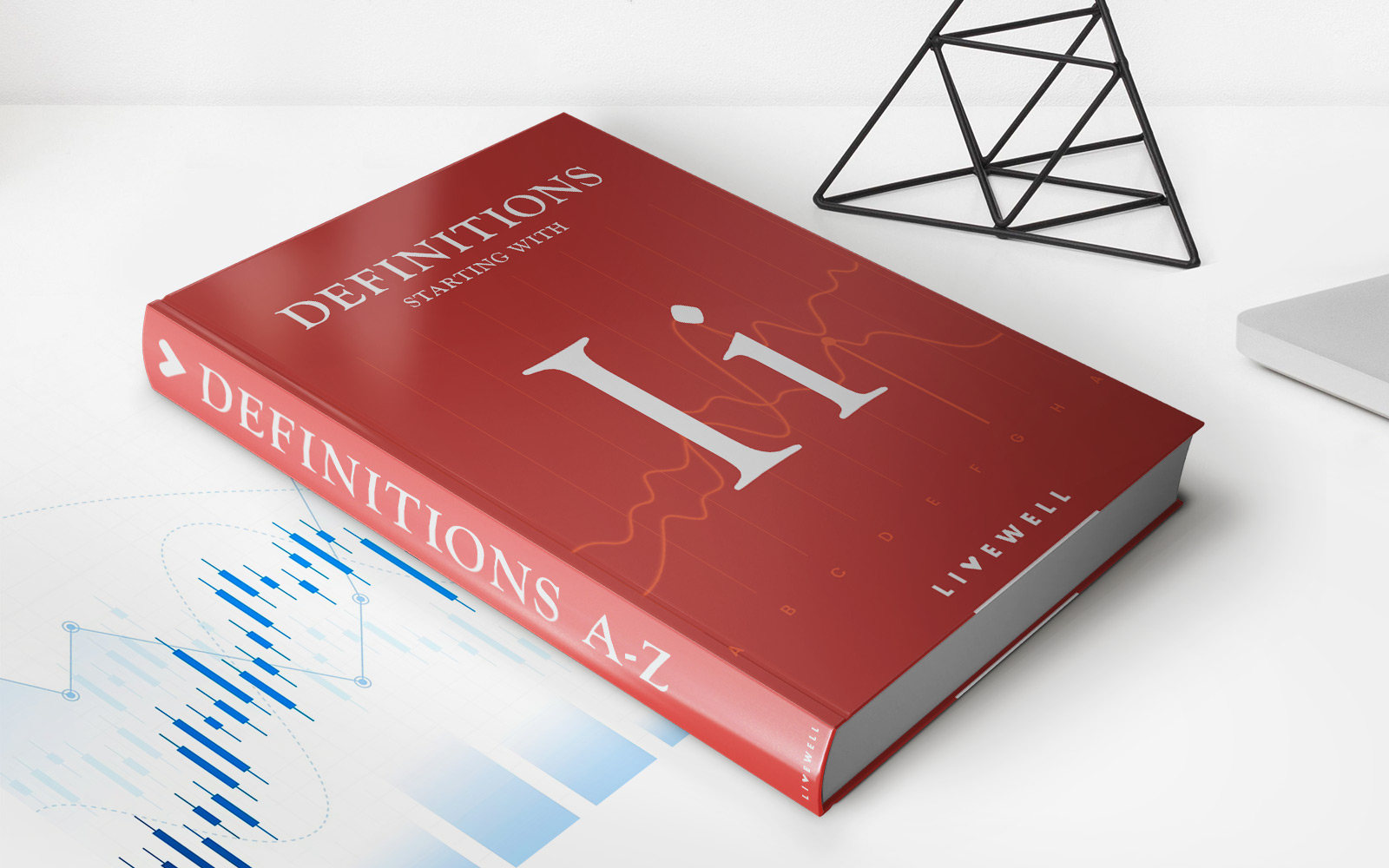Home>Finance>How Long Is The Grace Period For A Chase Credit Card?


Finance
How Long Is The Grace Period For A Chase Credit Card?
Published: February 21, 2024
Learn about the grace period for Chase credit cards and manage your finances wisely. Understand the importance of timely payments and avoid unnecessary interest charges.
(Many of the links in this article redirect to a specific reviewed product. Your purchase of these products through affiliate links helps to generate commission for LiveWell, at no extra cost. Learn more)
Table of Contents
Introduction
Understanding the Grace Period for Chase Credit Cards
When it comes to managing your finances, understanding the intricacies of credit card terms and conditions is crucial. One of the key elements to comprehend is the grace period, especially in the context of Chase credit cards. The grace period refers to the period of time during which you can pay your credit card balance in full without incurring any interest charges. This window typically starts at the end of a billing cycle and ends a few days before the payment due date. However, the specifics of the grace period can vary based on the credit card issuer and the individual’s credit card agreement.
For Chase credit cardholders, delving into the details of the grace period can yield valuable insights that may help in managing finances more effectively. By gaining a comprehensive understanding of the grace period for Chase credit cards, individuals can make informed decisions about their spending and payment strategies, ultimately contributing to their overall financial well-being.
Understanding the Grace Period for Chase Credit Cards
Chase credit cards offer a grace period that allows cardholders to make purchases without incurring interest charges if the balance is paid in full by the due date. This grace period typically ranges from 21 to 25 days, providing a window of opportunity for responsible and strategic financial management. It’s important to note that not all credit card transactions qualify for the grace period, especially cash advances and balance transfers, which may start accruing interest immediately.
Upon receiving a Chase credit card statement, cardholders can review the billing cycle and the corresponding grace period. Understanding the specific dates and duration of the grace period is essential for effective budgeting and payment planning. By leveraging this knowledge, cardholders can optimize their payment timing to align with the grace period, minimizing interest expenses and maximizing financial control.
Moreover, comprehending the grace period empowers individuals to make informed decisions about their credit card usage. It encourages responsible spending habits and prompts cardholders to prioritize timely payments to avoid unnecessary interest charges. This understanding also fosters financial discipline, as cardholders become more conscious of their billing cycles and due dates, leading to improved financial management and creditworthiness.
By grasping the nuances of the grace period for Chase credit cards, cardholders can harness this feature to their advantage, leveraging the interest-free window to make strategic purchases and diligently settle their balances. This knowledge serves as a valuable tool for maintaining financial stability and optimizing the benefits of owning a Chase credit card.
Factors Affecting the Grace Period
Several factors influence the grace period for Chase credit cards, shaping the dynamics of this essential feature. Understanding these factors is pivotal for cardholders seeking to leverage the grace period to their advantage:
- Billing Cycle Length: The duration of the billing cycle directly impacts the length of the grace period. Chase credit cards typically have billing cycles that last around 28 to 31 days, affecting the window of time available for the grace period. Cardholders should familiarize themselves with the specific billing cycle length associated with their credit card to effectively plan their payments.
- Payment Due Date: The payment due date marks the end of the grace period. Cardholders must ensure that their full payment reaches Chase before this date to avoid incurring interest charges. Understanding the due date is crucial for timely and interest-free settlement of credit card balances.
- Statement Generation Date: The date on which the credit card statement is generated influences the beginning of the grace period. Cardholders should be mindful of this date, as it serves as the starting point for the interest-free period. By noting this date, individuals can effectively strategize their payment timelines.
- Account Type and Terms: Different Chase credit card products may feature varying grace period terms based on the specific card agreement. Cardholders should review their credit card terms and conditions to ascertain the exact details of the grace period applicable to their account type. This ensures accurate planning and adherence to the grace period guidelines.
By considering these factors, Chase credit cardholders can navigate the nuances of the grace period with confidence, optimizing their financial strategies and minimizing interest costs. A comprehensive understanding of these elements empowers cardholders to make informed decisions and leverage the grace period to its full potential, fostering prudent financial management and control.
How to Make the Most of the Grace Period
Maximizing the benefits of the grace period for Chase credit cards involves strategic financial planning and disciplined payment management. By implementing the following practices, cardholders can leverage the grace period to their advantage:
- Timely Payment Reminders: Setting up payment reminders or alerts can help ensure that cardholders never miss the opportunity to pay their balance within the grace period. This proactive approach fosters financial responsibility and minimizes the risk of incurring interest charges.
- Strategic Purchase Timing: Understanding the billing cycle and grace period empowers cardholders to strategically time their purchases. By making transactions early in the billing cycle, individuals can maximize the interest-free period, effectively extending the time available for payment without accruing interest.
- Payment Automation: Enrolling in automatic payments for at least the minimum amount due can serve as a safety net, providing peace of mind and ensuring that payments are consistently made within the grace period. This automated approach reduces the likelihood of missed payments and associated interest charges.
- Utilizing Interest-Free Funds: During the grace period, cardholders can utilize their available funds for other financial opportunities or obligations, knowing that the credit card balance does not yet accrue interest. This flexibility allows for efficient cash flow management and potential interest savings.
- Monitoring Grace Period Changes: Staying informed about any changes to the grace period terms or billing cycle length is essential. By regularly reviewing credit card statements and communications from Chase, cardholders can adapt their payment strategies accordingly, ensuring continued optimization of the grace period benefits.
By adopting these proactive measures, Chase credit cardholders can make the most of the grace period, capitalizing on the interest-free window to enhance their financial stability and control. This strategic approach not only minimizes interest expenses but also cultivates responsible financial habits, ultimately contributing to a more secure and empowered financial future.
Conclusion
The grace period for Chase credit cards embodies a valuable opportunity for cardholders to manage their finances prudently and minimize interest costs. By comprehending the nuances of the grace period and its influencing factors, individuals can strategically navigate their credit card payments, fostering financial discipline and control.
Understanding the grace period empowers cardholders to make informed decisions about their spending and payment timing, optimizing the interest-free window to their advantage. This knowledge not only contributes to effective budgeting and financial planning but also cultivates responsible financial habits, bolstering creditworthiness and long-term financial well-being.
By embracing proactive strategies such as timely payment reminders, strategic purchase timing, and payment automation, Chase credit cardholders can capitalize on the grace period, harnessing its benefits to enhance their financial stability and control. This approach enables individuals to leverage the interest-free period for efficient cash flow management and potential interest savings, ultimately contributing to a more secure and empowered financial future.
In essence, the grace period for Chase credit cards represents more than a mere timeframe for payment—it embodies a gateway to financial prudence, strategic decision-making, and responsible credit utilization. By embracing a comprehensive understanding of the grace period and implementing proactive financial practices, cardholders can optimize this feature to its fullest potential, paving the way for enhanced financial well-being and control.














